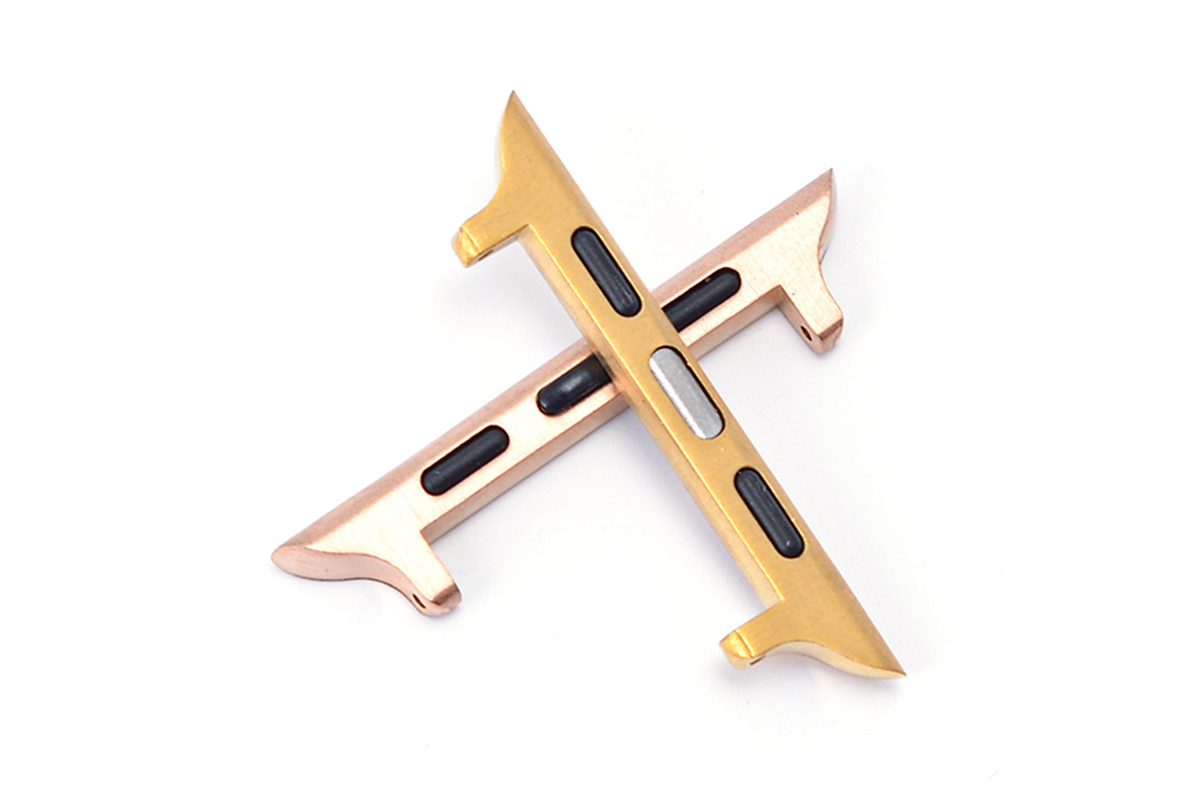Metal Injection Molding (MIM) Parts Manufacturing: Consumer Electronics Applications
Brief Overview of Metal Injection Molding (MIM)
Metal Injection Molding (MIM) is a highly efficient and precise manufacturing method in custom parts production. With a focus on metals, MIM is a powder metallurgy process that combines the versatility of plastic injection molding with the durability and functionality of metals. This technique is particularly advantageous for intricate and complex components, offering unparalleled precision and design flexibility.
In MIM, finely powdered metal is combined with a binding polymer to create a feedstock. This mixture is then injection molded into the desired shape using specialized molds. Following molding, the part undergoes debinding to remove the polymer and a sintering stage at elevated temperatures to achieve metallurgical bonding and the final density.
One of the critical strengths of MIM lies in its ability to produce intricate geometries with tight tolerances. Tolerances as low as ±0.003 inches can be achieved, ensuring the highest level of precision in the final product. It is particularly crucial for industries where small, complex parts are integral, such as medical devices, electronics, and automotive components.
The MIM process significantly enhances production efficiency by simultaneously manufacturing multiple parts in a single cycle, reducing lead times and enhancing overall productivity. Neway, with its commitment to cutting-edge manufacturing techniques, leverages MIM to deliver top-notch custom metal parts to its clients, showcasing a dedication to quality and innovation in production engineering.
Advantages of Metal Injection Molding (MIM) in Consumer Electronics
Precision and Tolerance
Metal Injection Molding (MIM) excels in delivering components with remarkably tight tolerance values. MIM proves its mettle in consumer electronics, where intricate and compact designs are crucial. Tolerance values as low as ±0.003 inches are readily achievable through the MIM process. This level of precision is instrumental in ensuring that each component seamlessly integrates into the overall electronic assembly, contributing to the reliability and functionality of the end product.
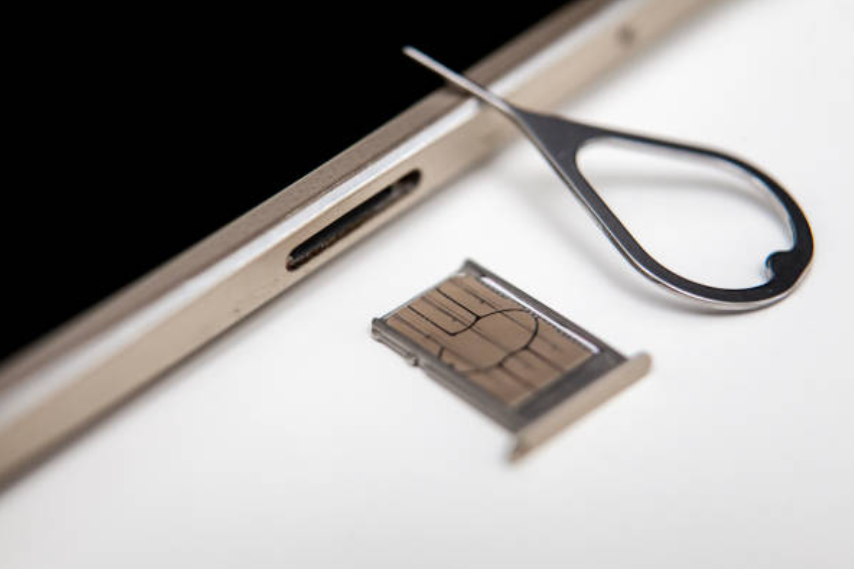
The precision afforded by MIM directly translates into the high quality of consumer electronic parts. MIM's ability to produce intricate geometries with exceptional accuracy is indispensable in devices such as smartphones, wearables, and audio equipment, where miniaturization is paramount. This precision not only enhances the aesthetic appeal of the final product but also plays a critical role in the functionality and performance of electronic components.
For instance, the tight tolerances achieved through MIM ensure optimal alignment and fit in manufacturing connectors, switches, and sensor housings. It, in turn, reduces the risk of malfunctions, enhances signal integrity, and contributes to the overall durability of the electronic device. Neway's commitment to employing MIM in consumer electronics underscores its dedication to providing clients with top-tier components that meet the demanding standards of the electronics industry.
Material Variety
Metal Injection Molding (MIM) stands out as a versatile and efficient manufacturing method, particularly advantageous in consumer electronics. One of the key strengths lies in the extensive range of metals compatible with MIM, offering a diverse palette for producing intricate parts.
Material Variety in MIM:
Metal injection molding accommodates a broad spectrum of metals, including but not limited to stainless steel, titanium, copper, and alloys such as nickel. This diversity is a significant asset, allowing for producing components with tailored properties, ensuring optimal performance in consumer electronic devices.
For instance, using stainless steel in MIM creates durable and corrosion-resistant components crucial for electronic devices exposed to varied environmental conditions. Titanium, known for its lightweight yet robust nature, finds application in portable electronics, contributing to strength and portability.
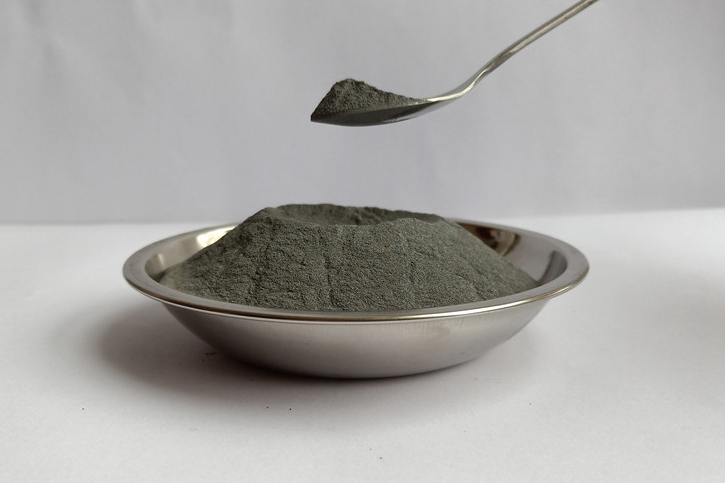
Surface Treatment
Metal Injection Molding (MIM) offers distinct advantages in consumer electronics, making it a preferred choice for various applications. Let's delve into the key benefits, mainly focusing on surface treatment.
MIM sintered parts exhibit a consistently uniform texture, a crucial factor in the visual appeal of consumer electronic devices.
The uniformity ensures a smooth, refined surface finish, contributing to the product's premium look and feel.
MIM parts prove highly adaptable to a diverse range of surface treatments, catering to the specific requirements of consumer electronics.
Surface treatment options for MIM parts include PVD (Physical Vapor Deposition), sandblasting, painting, polishing, brushing, and heat treatment, providing manufacturers with a versatile toolkit to achieve desired aesthetics and functionality.
Painting for Customization:
MIM parts are well-suited for painting, enabling manufacturers to customize the appearance of consumer electronics.
The ability to apply various colors and finishes enhances brand identity and allows for differentiation in a competitive market.
Sandblasting for Texture Variation:
Sandblasting effectively creates texture variation on MIM surfaces, adding a tactile dimension to consumer electronic devices.
This technique allows manufacturers to introduce innovative designs and tactile feedback, enhancing the user experience.
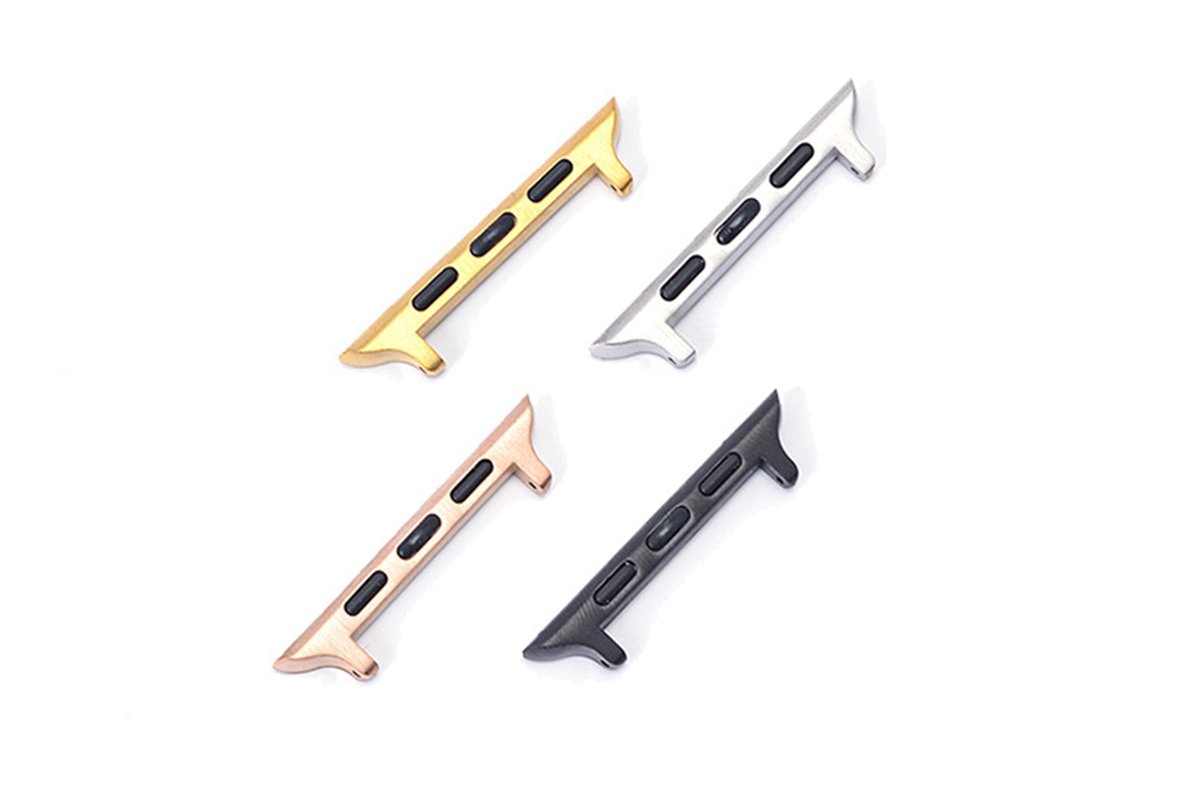
Polishing for a High-Gloss Finish:
When subjected to polishing, MIM parts achieve a high-gloss finish that contributes to the premium aesthetics of electronic products.
The reflective surface enhances visual appeal and facilitates easy cleaning and maintenance.
PVD for Wear Resistance And Aesthetics:
PVD coating on MIM parts enhances wear resistance and aesthetics, critical factors in consumer electronic components subject to frequent use.
Applying PVD coatings, such as titanium nitride (TiN) or chromium nitride (CrN), significantly improves the longevity and durability of MIM components.
PVD can form protective coatings of various colors on the surface of MIM parts. They can be any color or simple metal, such as gold plating, rhodium plating, etc.
Brushing for a Matte Look:
Brushing as a surface treatment option imparts a matte finish to MIM parts, catering to consumers' preferences who appreciate a subdued and elegant appearance.
This versatility in finishes allows manufacturers to address diverse consumer tastes within the electronics market.
Heat Treatment for Material Optimization:
Heat treatment is a valuable process for optimizing the mechanical properties of MIM parts, ensuring they meet the stringent performance requirements of consumer electronic applications.
This controlled thermal process enhances hardness, strength, and dimensional stability, contributing to the overall reliability of the final product.
Complex Geometries and Design Freedom
Metal Injection Molding (MIM) presents significant advantages in consumer electronics, particularly in facilitating the production of intricate designs and complex geometries. Let's explore how MIM parts manufacturers achieve unparalleled design freedom in this dynamic industry.
Precision in Complex Geometries:
MIM excels in crafting intricate and complex shapes with a high degree of precision, allowing for the production of miniaturized and sophisticated components in consumer electronics.
The process enables the creation of intricate features, such as fine details and patterns, ensuring that electronic devices meet the ever-evolving demands for compact and intricately designed products.
Complexity Without Assembly:
MIM allows for consolidating multiple components into a single, intricately designed part, eliminating the need for complex assemblies.
It not only streamlines the manufacturing process but also enhances the reliability of electronic devices by reducing the number of potential points of failure associated with assembly.
Design Freedom for Innovation:
MIM's versatility gives designers unprecedented freedom to innovate and experiment with novel shapes and configurations.
Manufacturers can push the boundaries of design, introducing new and groundbreaking features in consumer electronics, leading to differentiated and competitive products.
Consistent Quality Across Complex Forms:
MIM ensures consistent quality in producing complex geometries, maintaining tight tolerances and high precision across all intricate parts.
This reliability is crucial in consumer electronics, where the seamless integration of components is essential for electronic devices' optimal performance and durability.
Reduced Post-Processing for Efficiency:
MIM's ability to produce near-net-shape components minimizes the need for extensive post-processing, resulting in more efficient manufacturing workflows.
Manufacturers can achieve complex designs without compromising efficiency, meeting the demand for intricate shapes and streamlined production processes in consumer electronics.
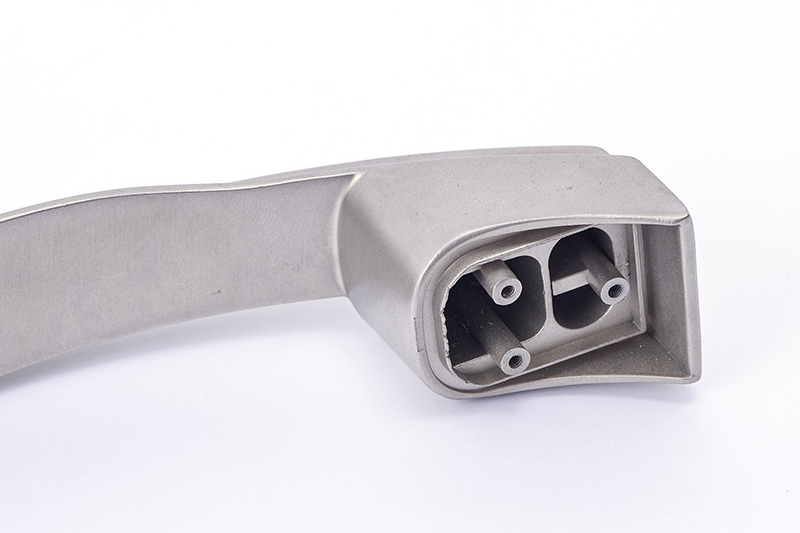
In essence, Metal Injection Molding empowers the consumer electronics industry by offering unparalleled capabilities in realizing intricate designs and complex geometries. It supports creating aesthetically pleasing devices and fosters innovation and efficiency in the competitive landscape of electronic product development.
Reduced Waste and Material Utilization
Metal Injection Molding (MIM) offers compelling advantages in the realm of consumer electronics, particularly in the context of reducing waste and optimizing material utilization. Let's delve into how the powder metallurgy process in MIM contributes to sustainability and aligns with environmentally conscious practices.
Efficient Powder Metallurgy Process:
MIM leverages a powder metallurgy process, an essential aspect of its manufacturing efficiency.
The process involves blending fine metal powders with a binder material to create a feedstock, minimizing material waste from the outset.
Minimization of Material Wastage:
MIM's powder metallurgy process significantly reduces material wastage compared to traditional manufacturing methods.
The controlled and precise nature of the injection molding process ensures that material is utilized efficiently, minimizing excess and discarded material.
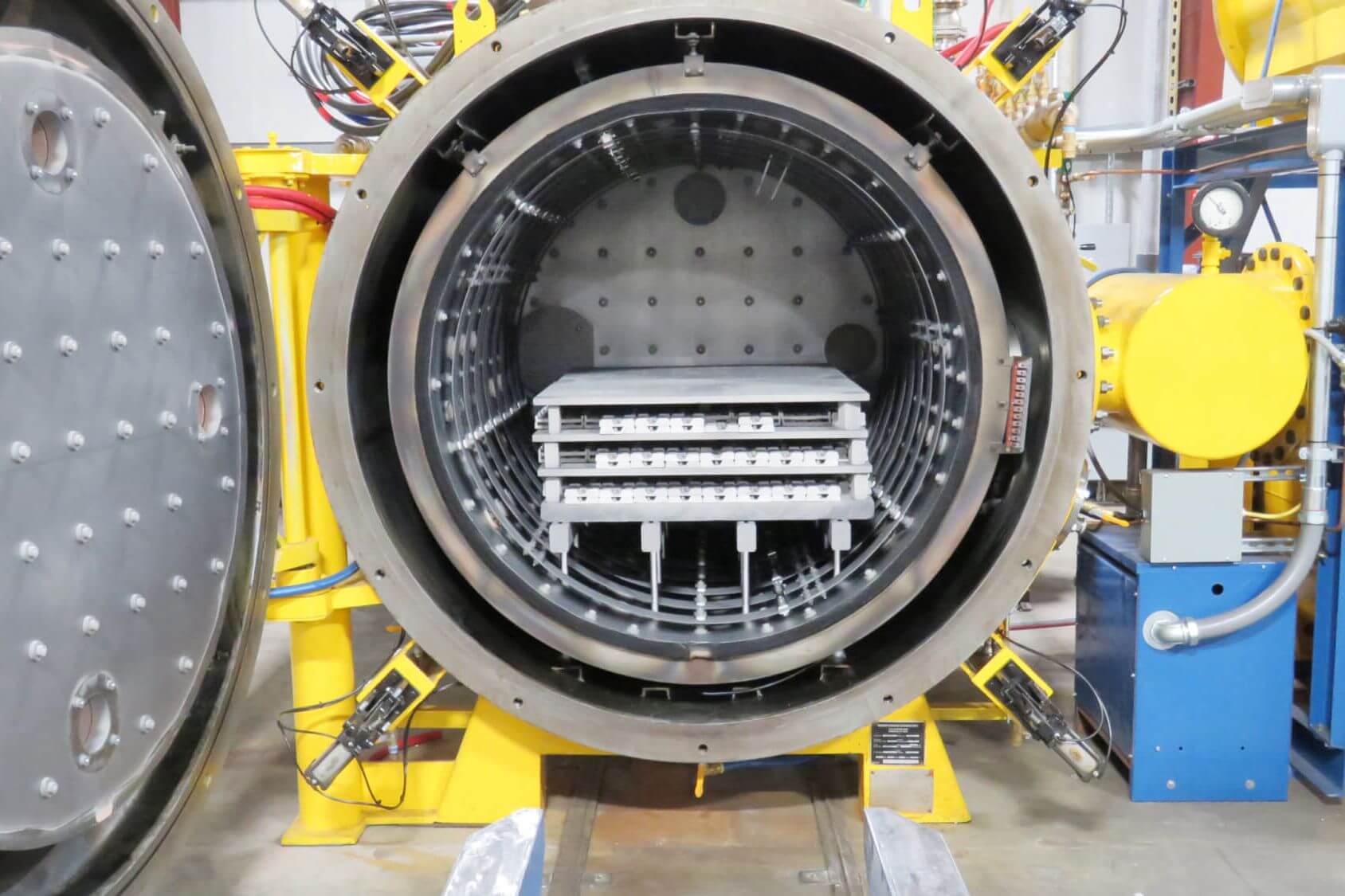
Impressive Material Utilization Rate:
MIM boasts an exceptional material utilization rate, exceeding 95% in many cases.
This high-efficiency level translates to minimal material waste, aligning with sustainable manufacturing practices and addressing concerns related to resource conservation.
Cost-Efficiency Through Waste Reduction:
Beyond its environmental benefits, reducing material wastage also translates to cost savings for manufacturers.
By optimizing material utilization, MIM enhances cost-efficiency, making it an economically viable choice for producing consumer electronic components.
Alignment with Green Consumer Electronics Trends:
MIM's commitment to minimizing waste aligns seamlessly with the growing consumer preference for eco-friendly products.
The consumer electronics industry increasingly recognizes the importance of adopting sustainable manufacturing practices, and MIM positions itself as a solution that addresses these concerns.
In summary, Metal Injection Molding's emphasis on reducing waste and optimizing material utilization through the powder metallurgy process enhances manufacturing efficiency. It aligns with the growing demand for sustainable and eco-friendly practices in the consumer electronics industry.
MIM Parts Consumer Electronics Application Examples
Watch And Accessories
Metal Injection Molding (MIM) has proven to be a game-changer in the production of watches and accessories, offering a cost-effective solution for components with intricate designs. Take watch frames, buckles, and connectors, for instance.
The complex shapes often required in these components can challenge traditional manufacturing methods. However, MIM excels in crafting intricate geometries with high precision. This precision is essential in ensuring the seamless functionality of watch components, such as buckles that require tight tolerances to secure the strap effectively.
One notable advantage of MIM in this context is its ability to maintain tight tolerances, typically within ±0.3% for critical dimensions. This level of precision is crucial for watch mechanisms to operate smoothly and accurately. Additionally, MIM allows for integrating multiple parts into a single, complex component, reducing assembly requirements and enhancing overall efficiency.
Regarding material options, MIM provides a versatile range, including stainless steel, titanium, and other alloys, ensuring durability and resistance to wear and corrosion—qualities vital for the longevity of watches and accessories subjected to daily use.
From a production standpoint, MIM offers excellent repeatability, with batch-to-batch consistency ensuring that each component meets the same high standards. This consistency and the ability to produce intricate designs cost-effectively position MIM as a preferred method for manufacturing watch-related parts at scale.
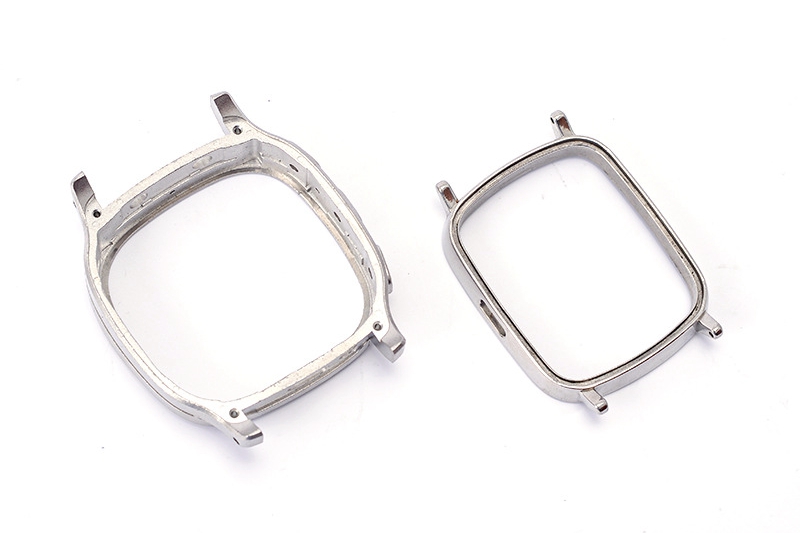
In conclusion, MIM is a critical player in consumer electronics, particularly in producing watches and accessories. Its cost-effectiveness, precision, and material versatility make it an ideal choice for meeting the demands of intricate designs and high-quality standards in the world of timekeeping.
Smartphone Components
Metal-injected smartphone components offer several key benefits, showcasing the prowess of Neway's manufacturing capabilities. Firstly, Metal Injection Molding (MIM) allows for creating intricate and precisely engineered parts with tight tolerances, enhancing smartphone components' overall performance and reliability.
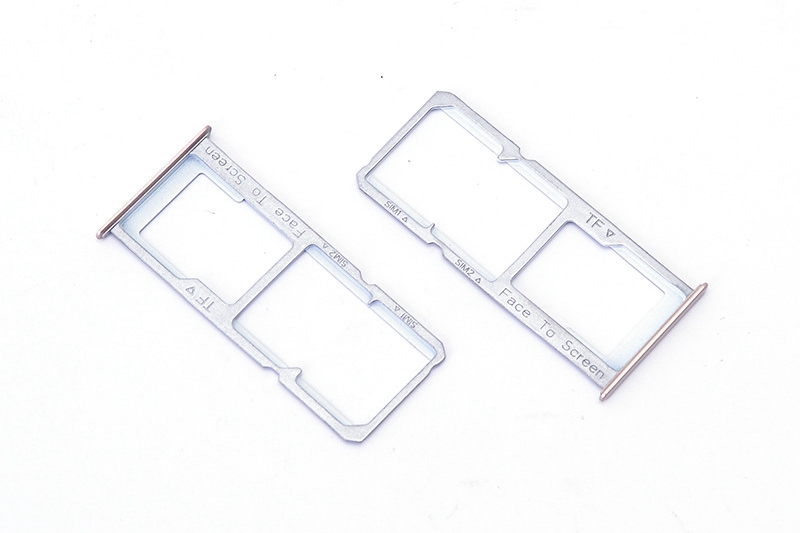
One notable advantage lies in the material properties achieved through MIM. The process enables the production of components with high strength, durability, and corrosion resistance. For instance, as a crucial interface, the SIM card slot requires precise dimensions and robustness to withstand frequent card insertions. Neway ensures high precision with MIM, typically achieving tolerances as tight as ±0.02 mm.
Moreover, the efficiency of MIM in mass production is commendable. The high production yield and relatively short cycle times contribute to cost-effectiveness, aligning with the demands of the smartphone industry. Neway's commitment to efficiency is reflected in the production of phone frames, where MIM allows for intricate designs and lightweight yet durable structures that meet stringent industry standards.
The keys on a smartphone, whether physical or touch-sensitive, demand precision and durability. Through Metal Injection Molding, Neway balances intricate design requirements and the mechanical strength needed for repeated use. It is exemplified by achieving a Rockwell hardness of 45-70 for metal-injected keys, ensuring longevity and tactile responsiveness.
In summary, Neway's utilization of Metal Injection Molding for smartphone components delivers precision, material strength, and cost-efficiency, showcasing the company's commitment to excellence in custom parts manufacturing.
Wearables Accessories
Metal Injection Molding (MIM) offers significant benefits when producing wearable accessories like massagers, fascial guns, and Bluetooth headsets.
Precision and Tolerance:
MIM allows for exceptional precision with tight tolerances, ensuring that wearable components fit seamlessly and function flawlessly.
Tolerance levels as low as ±0.002 inches can be achieved, guaranteeing the accuracy required for intricate parts in devices like Bluetooth headsets.
Material Variety:
MIM supports many materials, including stainless steel, ideal for wearables due to its corrosion resistance and durability.
Custom alloys can be formulated to enhance specific properties, addressing the unique requirements of massagers and fascial guns.
Complex Geometries:
The flexibility of MIM enables the production of complex and intricate part geometries, crucial for the ergonomic design of wearables such as massagers and fascial guns.
Intricate shapes can be achieved with high repeatability, ensuring consistent performance across production batches.
Surface Finish and Aesthetics:
MIM delivers components with a smooth surface finish, enhancing the visual appeal of wearables like Bluetooth headsets.
Cosmetic features can be integrated during molding, providing a polished and professional appearance for consumer-facing products.
Weight Reduction:
For accessories like Bluetooth headsets, MIM allows for producing lightweight yet durable components, enhancing user comfort without compromising on strength.
Weight reduction is achieved without sacrificing structural integrity, meeting the demand for lightweight wearables in the market.
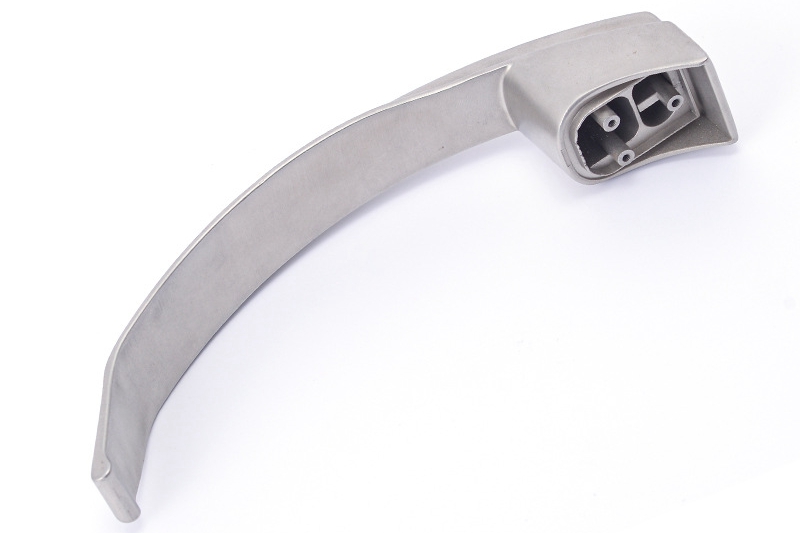
In summary, Metal Injection Molding is a superior manufacturing method for wearable accessories, offering precision, material versatility, cost efficiency, and the ability to create intricate designs. These advantages position MIM as a strategic choice for Neway in delivering high-quality, innovative wearables to the market.
Bluetooth Headset Accessories
Metal Injection Molding (MIM) presents significant advantages when manufacturing Bluetooth headset accessories, offering a blend of precision, efficiency, and versatility. Here are some key benefits:
Precision Engineering:
Metal Injection Molding enables the production of intricate and precise components for Bluetooth headset accessories. With tolerances as tight as ±0.002 inches, Neway ensures that each piece meets the specifications for optimal performance.
Material Selection and Customization:
MIM allows for various material choices, including stainless steel, titanium, and other alloys. This flexibility ensures that Bluetooth headset accessories meet functional requirements and offer durability and corrosion resistance tailored to specific usage scenarios.
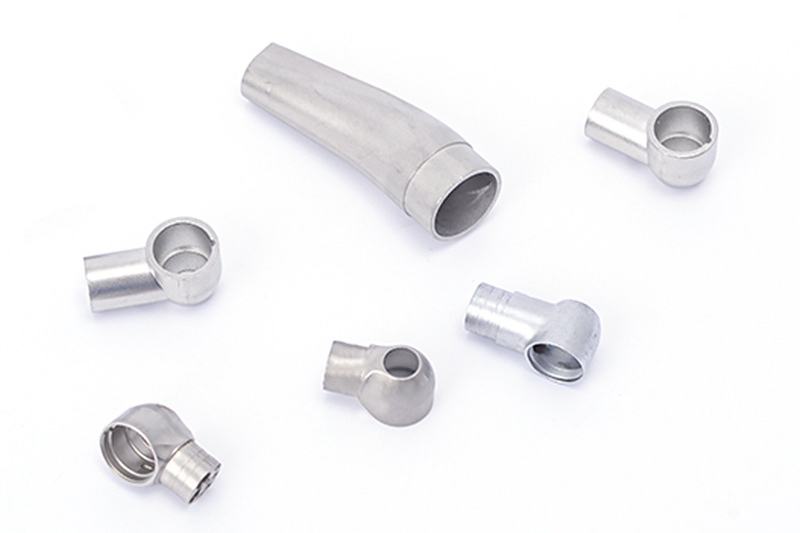
Complex Geometries:
The ability to manufacture parts with complex geometries is a distinctive advantage of MIM. Neway can produce intricate structures and features, enhancing the design possibilities for Bluetooth headset components. This capability is crucial for achieving both aesthetic appeal and functional efficiency.
Cost-Effectiveness:
MIM proves to be a cost-effective solution for large-scale production. The high efficiency of the MIM process, coupled with reduced material waste, results in lower overall costs. Neway's commitment to cost efficiency ensures competitive pricing for Bluetooth headset accessories without compromising quality.
Batch Consistency and Reproducibility:
With Neway's expertise in MIM, batch-to-batch consistency is a guarantee. The process allows for the reproducible manufacturing of Bluetooth headset accessories with minimal variation, ensuring reliability and uniform quality across production runs.
Reduced Lead Times:
Neway's streamlined MIM process significantly reduces lead times for Bluetooth headset accessories. Rapid prototyping and efficient production methods ensure timely delivery to meet market demands. This agility is a crucial factor in the dynamic consumer electronics industry.
Lightweight and Durable Designs:
MIM facilitates the creation of lightweight yet robust Bluetooth headset accessories. It is essential for enhancing user comfort and ensuring product longevity. Neway's commitment to material optimization contributes to achieving the ideal balance between weight and durability.
In conclusion, Metal Injection Molding is a superior manufacturing method for Bluetooth headset accessories. Neway's expertise in this area ensures the delivery of high-quality, precisely engineered components that meet the evolving demands of the market.
Challenges And Solutions in MIM for Consumer Electronics
Metal Injection Molding (MIM) offers unique advantages for producing intricate parts used in consumer electronics, but it also presents challenges:
Dimensional Accuracy and Tolerances:
Achieving tight tolerances (often within ±0.1 mm or better) is crucial in electronics. MIM parts might face challenges maintaining these precise dimensions due to shrinkage during sintering or mold design complexities.
Surface Finish:
Consumer electronics demand a high-quality finish for aesthetics and functionality. MIM parts may require post-processing to achieve the desired surface smoothness (typically Ra 0.8 microns or better) due to the inherent surface roughness after sintering.
Material Selection: Consumer electronics often require specific materials with precise properties like conductivity, magnetism, or corrosion resistance. Selecting suitable MIM feedstock materials that meet these criteria while ensuring high sintered density can be challenging.
Tooling and Mold Complexity:
The complexity of electronic parts often leads to intricate designs requiring complex molds. Designing these molds for efficient and cost-effective production without compromising quality can be challenging.
Consistency and Batch-to-Batch Variability:
Ensuring uniformity across production batches is crucial in electronics. Maintaining consistency in properties (like mechanical strength or magnetic properties) and dimensions poses a challenge in MIM due to variations in powder feedstock, processing parameters, and sintering.
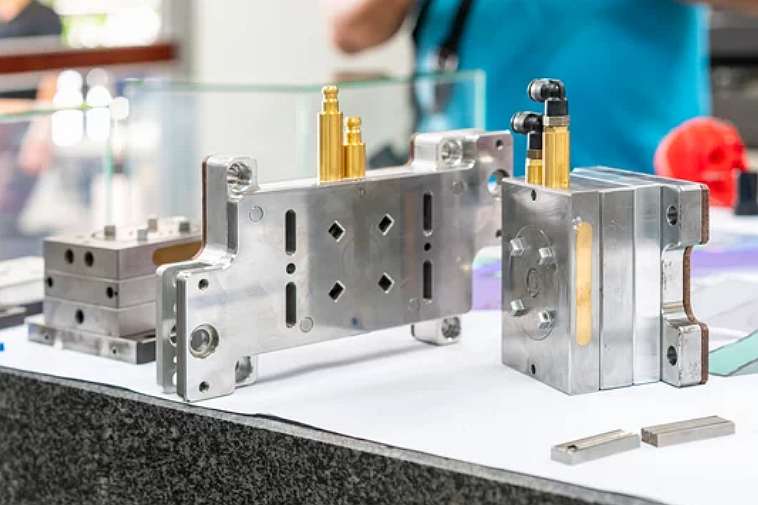
Addressing these challenges often involves a combination of advanced design techniques, precise process control, and material science expertise. For instance, Neway's expertise in optimizing MIM processes, selecting suitable materials, and employing advanced quality control measures helps mitigate these challenges, ensuring high-quality parts for consumer electronics.
